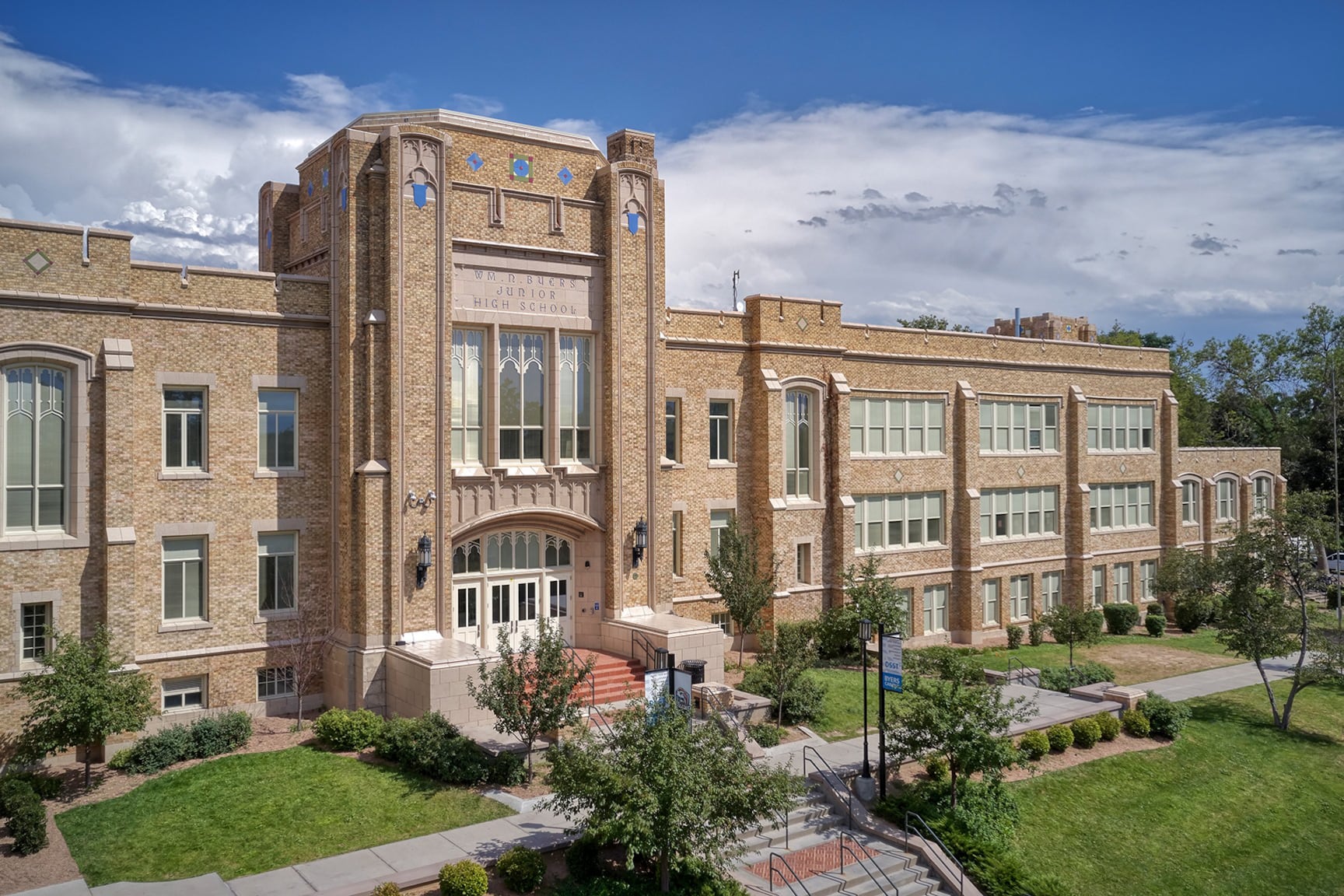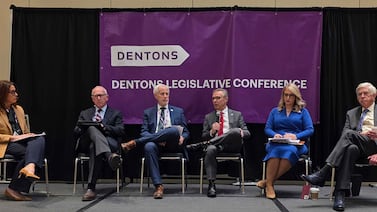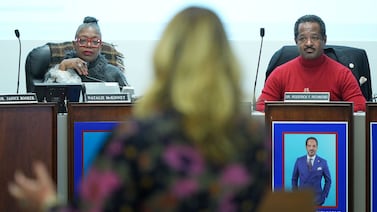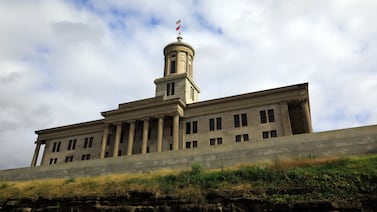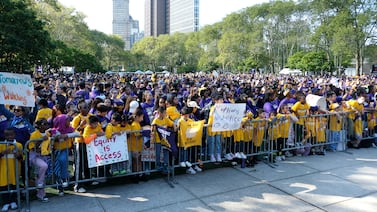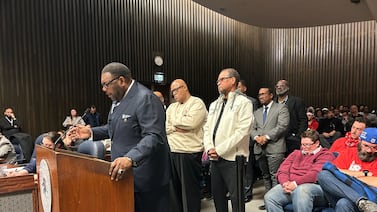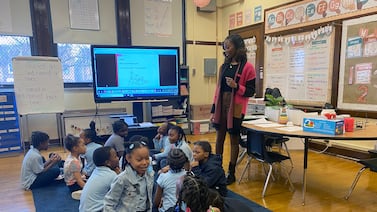Sign up for Chalkbeat Colorado’s free daily newsletter to keep up with education news from Denver and around the state.
The Denver-based DSST charter school network is changing the name of another of its schools in a move that distances the schools from a prominent, long-deceased Denverite who held racist views.
DSST: Byers Middle and High schools will no longer bear the name of William Byers, founder of the now-closed Rocky Mountain News and a defender of the 1864 Sand Creek Massacre, in which U.S. soldiers attacked a peaceful camp of Cheyenne and Arapaho people on Colorado’s Eastern Plains. The schools will now be called DSST: Cedar Middle and High schools.
The Cedar name honors the cedar tree, which is native to Colorado and played “a crucial role in various aspects of indigenous life,” according to a press release from DSST. The school is also located at the intersection of South Pearl Street and East Cedar Avenue.
“From cradleboards for carrying babies to its resilience in the face of drought and harsh winds, Cedar embodies the spirit of resilience and holistic well-being that we hope to imbue in our students,” the press release said.
DSST said the name change was made after “extensive community engagement.”
“Our school motto is ‘growing together,’” School Director Elin Curry said in the press release. “The change of our school name through a community-driven process has been exactly that.”
The press release doesn’t mention Byers, the school’s prior namesake. Throughout 1864, Byers’ newspaper ran articles vilifying Native Americans and encouraged readers to join militias to fight them, according to the Denver Public Library.
After U.S. soldiers killed more than 200 Cheyenne and Arapaho people in what became known as the Sand Creek Massacre, the Rocky Mountain News celebrated their deaths and said soldiers “should not be blamed for killing women and children.”
Denver Public Schools opened the Byers school campus in 1921 on land once owned by the Byers family. The school was a junior high for decades and later a temporary home for Denver School of the Arts. The building sat vacant for more than a decade before DSST reopened it in 2014 after a $19 million renovation funded by a taxpayer-approved bond.
In 2021, the Denver Public Library renamed a branch that had been named for Byers. The new name, John “Thunderbird Man” Emhoolah, Jr. Branch Library, honors an Indigenous activist.
This is the second time DSST, which has 14 schools in Denver and two in Aurora, has changed a school name. In 2019, DSST: Stapleton became DSST: Montview. The middle and high schools were originally named for the Stapleton neighborhood, which bore the name of former Denver mayor Benjamin Stapleton, who was a member of the Ku Klux Klan.
The neighborhood has since been renamed Central Park. DSST: Montview is a reference to Montview Boulevard, which touches many of the neighborhoods served by the school.
Melanie Asmar is a senior reporter for Chalkbeat Colorado, covering Denver Public Schools. Contact Melanie at masmar@chalkbeat.org.

